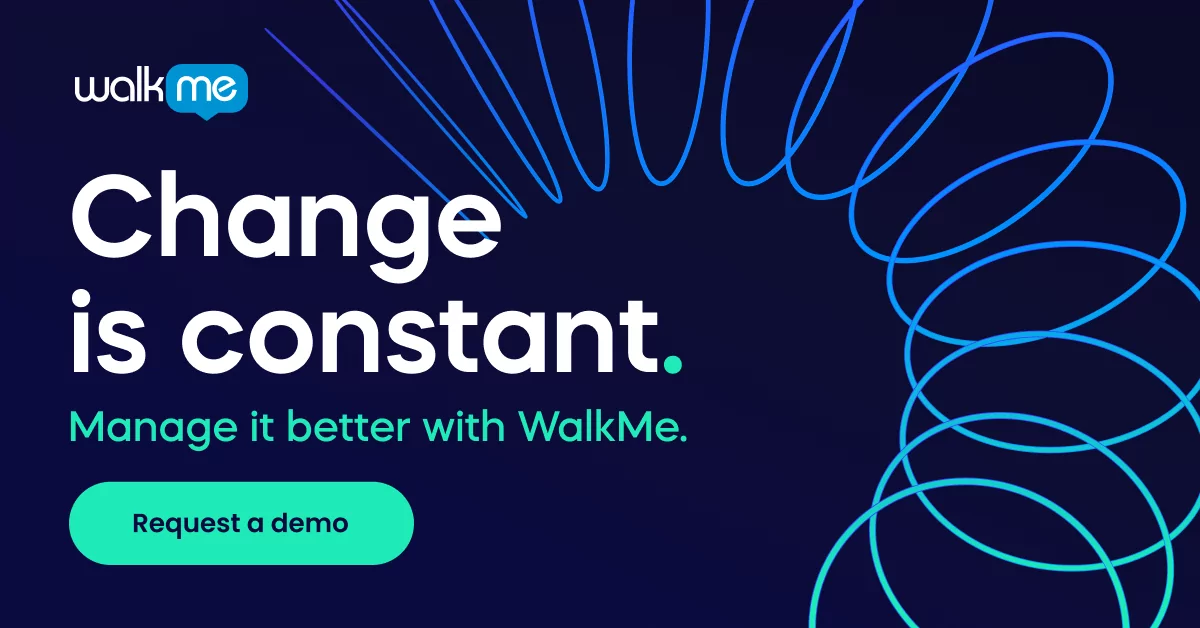A customer data platform (CDP) presents a 360-degree view of customers and their engagement with a company’s channels.
Read on to learn why marketers use these platforms, how they should be implemented appropriately, the differences between CDPs and data management platforms (DMPs), and more.
The CDP in a nutshell
Here’s a quick high-level introduction to CDPs:
What are CDPs and why do marketers use them?
A CDP acts as a hub that consolidates customer data from a variety of data sources into a single repository of information.
Those data sources can include any and all data available to an organization, including:
- Website traffic data
- Email marketing data
- Shopping history
- Customer service interactions
- Software engagement analytics
Typically, data in a CDP is retained over long periods, which allows marketers to analyze data over the lifetime of the customer. As seasons pass and the data grows in size, it can offer deeper and greater insights into the needs of customers.
Marketers then use that information to enhance marketing efforts such as:
- Analyzing and gaining a deeper understanding of their audience
- Personalizing the user journey
- Constructing customer identities and personas
- Improving the outcomes of existing marketing initiatives
- Providing customer data to other relevant business units such as the sales, customer service, and product departments
Data can be used to enhance value in any area of the business, yet not all data is equal.
First-party data, as you’ll see below, offers greater value than third-party data. This data is collected by data management platforms (DMPs), another marketing solution that is frequently confused with CDPs.
How do CDPs differ from DMPs?
The main difference between CDPs and DMPs is that DMPs aggregate anonymized third-party data from outside sources. A key feature of CDPs is that they use both third-party data and first-party data, or data that belongs to the company.
Third-party data, such as insights on audiences and markets, can be useful for creating advertising campaigns and developing customer acquisition strategies.
However, it can’t be used for other activities, such as crafting customer identities or personalizing campaigns, since that requires more intimate knowledge of a specific customer. That is, CDPs contain personally identifiable information about individuals, whereas DMPs don’t.
There are other disadvantages to using third-party data, such as quality control and the fact that competitors have access to the same information.
How do CDPs compare to CRMs?
Customer relationship management (CRM) platforms are used by marketers and sales professionals to manage customer interactions such as the sales pipeline.
Like CDPs, CRMs also store first-party data and personally identifiable information. As with CDPs, this information can be used to personalize interactions, improve marketing outcomes, and increase per-customer value.
Yet CRMs, as the name implies, are designed to manage customer relationships, while CDPs are developed to collect data from a wide range of internal systems. They contain a more diverse collection of information from other existing systems and software.
The applications of CDPs are broader and can even influence activities outside of marketing. For instance, providing customer data to product developers can help them design solutions that are more useful and relevant for customers.
Each platform has its use case and can both be used in tandem.
How to extract the most value from CDPs
Marketers should understand a few key points:
- Data can provide a competitive edge, but only if it is used. Data can be used to drive digital transformation, enable streams of revenue, and increase efficiency, among many other uses—but marketers must actually leverage that data if they want to extract value from it. Investing in a CDP is a good first step. To maximize the value of that investment, though, it is also necessary to ensure the tool is properly adopted and utilized to its fullest extent.
- Remember to respect users’ privacy. Customer data can be one of the most valuable resources for an organization, but use it with care. Not only do certain laws, such as GDPR, offer legal protection for customers, but invasive practices are also unethical and could backfire if customers react negatively.
- Think outside the marketing box. We cannot emphasize this enough: Customer data can be applied across a variety of departments beyond marketing, from improving customer service to driving innovation to increasing sales.
- A CDP is only useful with the proper data strategy. Data-driven methods can be leveraged to fuel business growth, boost revenue, improve the customer experience, and much, much more. Yet data is only useful if it is actually applied correctly. To ensure your organization is making the most of its data, look at ways to improve the involvement of data throughout the business, as well as the digital maturity of your company.
Used properly, a CDP can help an organization discover a gold mine in the data it already possesses. To learn more about how to create a data strategy, check out this article on becoming a data-driven company.


